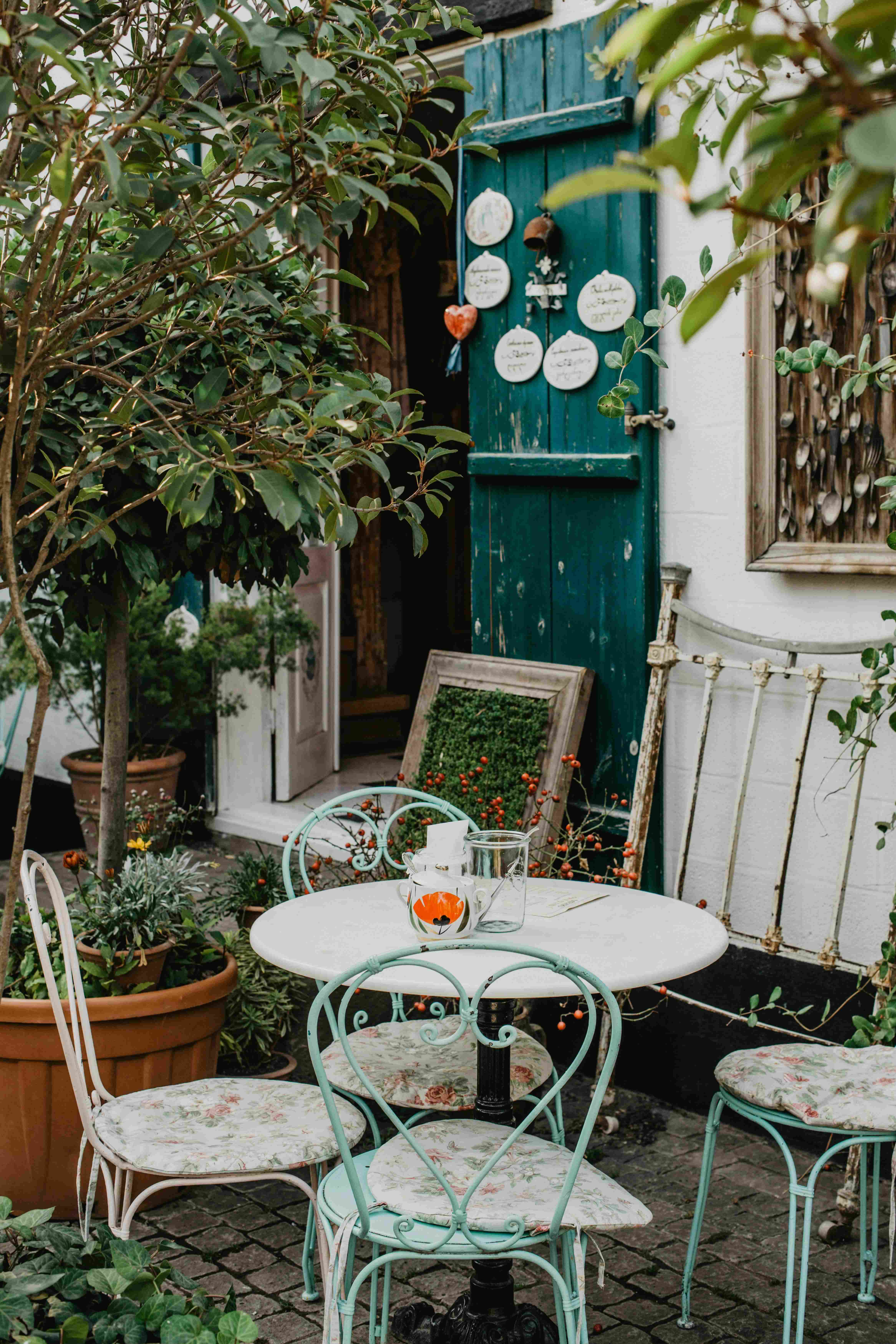In the landscape of 2025, the way we interact with our living environments has become ever more crucial to our daily happiness and wellbeing. Life through home and garden spaces offers blissful escapes and practical benefits, marrying aesthetics with function and reconnecting us with the rhythms of nature. This guide seeks to provide a comprehensive look at how to meaningfully engage with these spaces to enhance your lifestyle, cultivate tranquility, and promote sustainability.
Rediscovering Life Through Home & Garden Spaces: A 2025 Perspective

Focusing on our homes and gardens can transform mere living areas into retreats that boost our mental and physical health. Home and garden spaces not only serve as personal sanctuaries but also play a pivotal role in promoting sustainability and fostering a deeper connection with the environment. Whether you're starting from scratch or looking to revamp existing spaces, understanding how to choose, develop, and sustain these spaces is essential.
Choosing the Right Home & Garden Features
Choosing the right elements for your home and garden depends significantly on understanding your needs and the specific conditions of your space. Begin by assessing the size, climate, and sun exposure of your garden area. For urban dwellers, container gardening or vertical gardens might be more suitable, while suburban homeowners might consider larger floral beds or even a small orchard.
In terms of home spaces, focus on areas that need more natural light or could benefit from better airflow. Integrating indoor plants like ferns, spider plants, or small trees can improve air quality, while wall colors and materials should create a peaceful and light atmosphere.
Maintenance and Ownership Costs
Maintaining a home and garden can vary widely in cost and effort based on the complexity and size of your spaces. A small indoor garden may only require minimum upkeep, such as weekly watering and occasional feeding, whereas larger outdoor spaces could involve significant time and resources, including landscaping services, pest control, and regular pruning.
Financially, consider the initial setup costs, including plants, soil, furniture, and tools, followed by ongoing expenses like water, fertilizers, and replacements. Economizing by choosing native plants and sustainable materials can help manage costs and lessen environmental impacts.
To effectively engage with home and garden spaces in 2025, begin by evaluating your specific needs and the characteristics of your living area. Embrace simple, sustainable approaches to maximize benefits and minimize costs. Maintenance is crucial but varies widely; plan according to your space size and type. By marrying aesthetics with function and sustainability, you will not only beautify your home but also enhance your overall quality of life, re-establishing a powerful connection with nature's rhythms.
